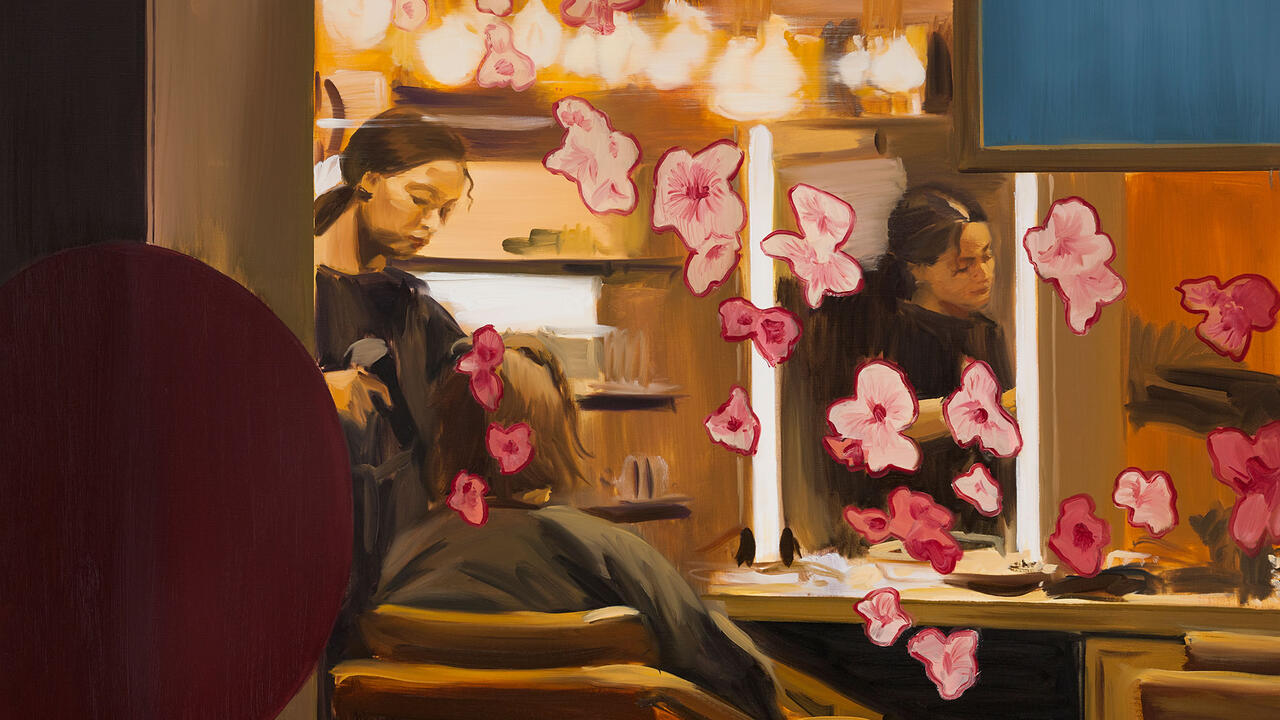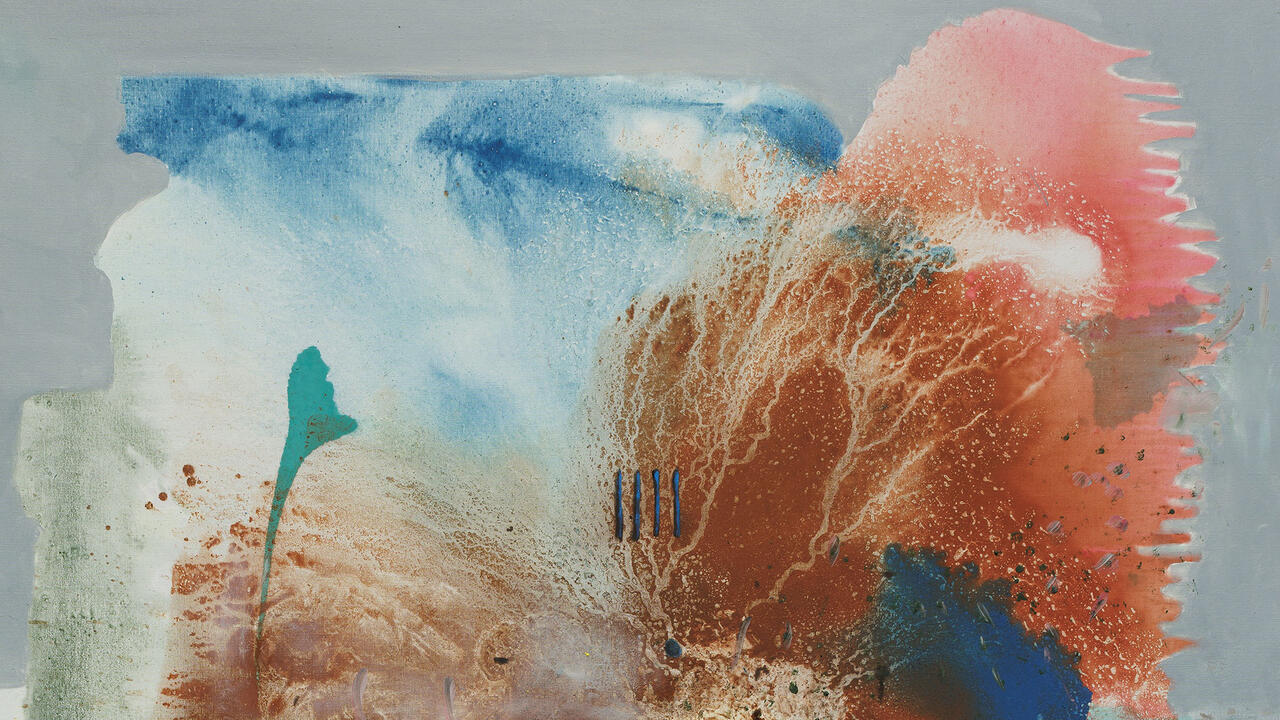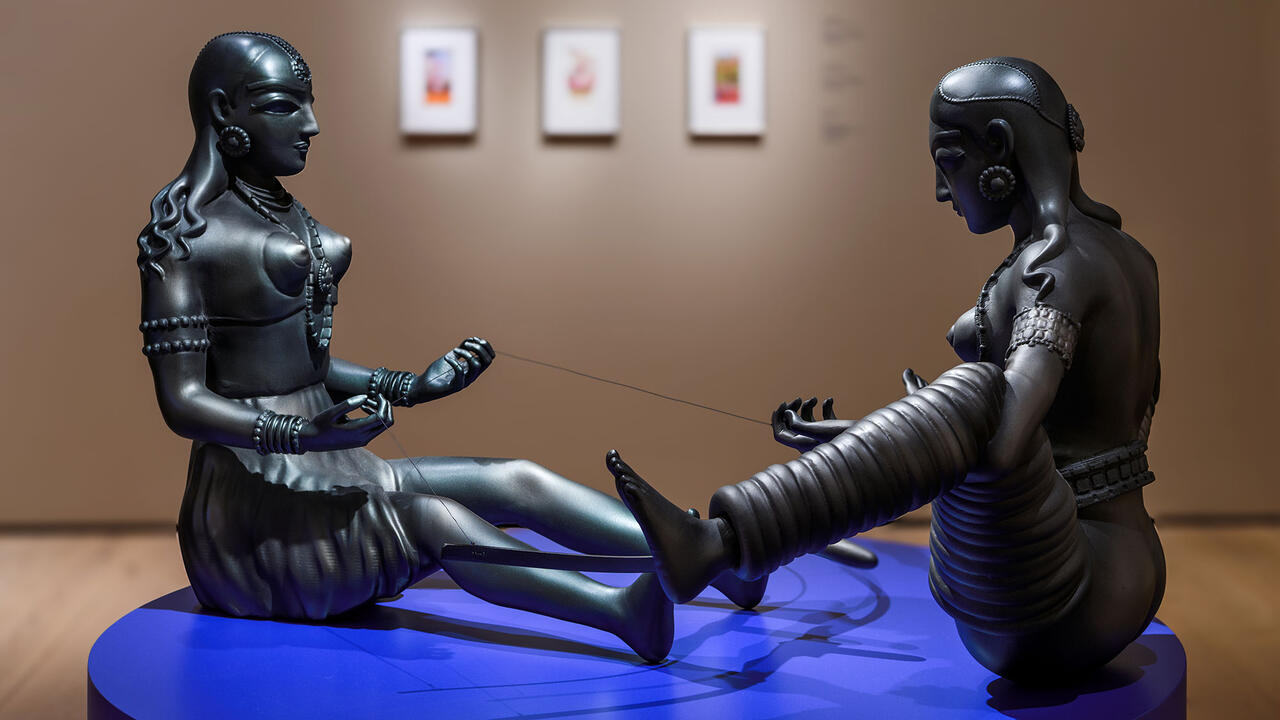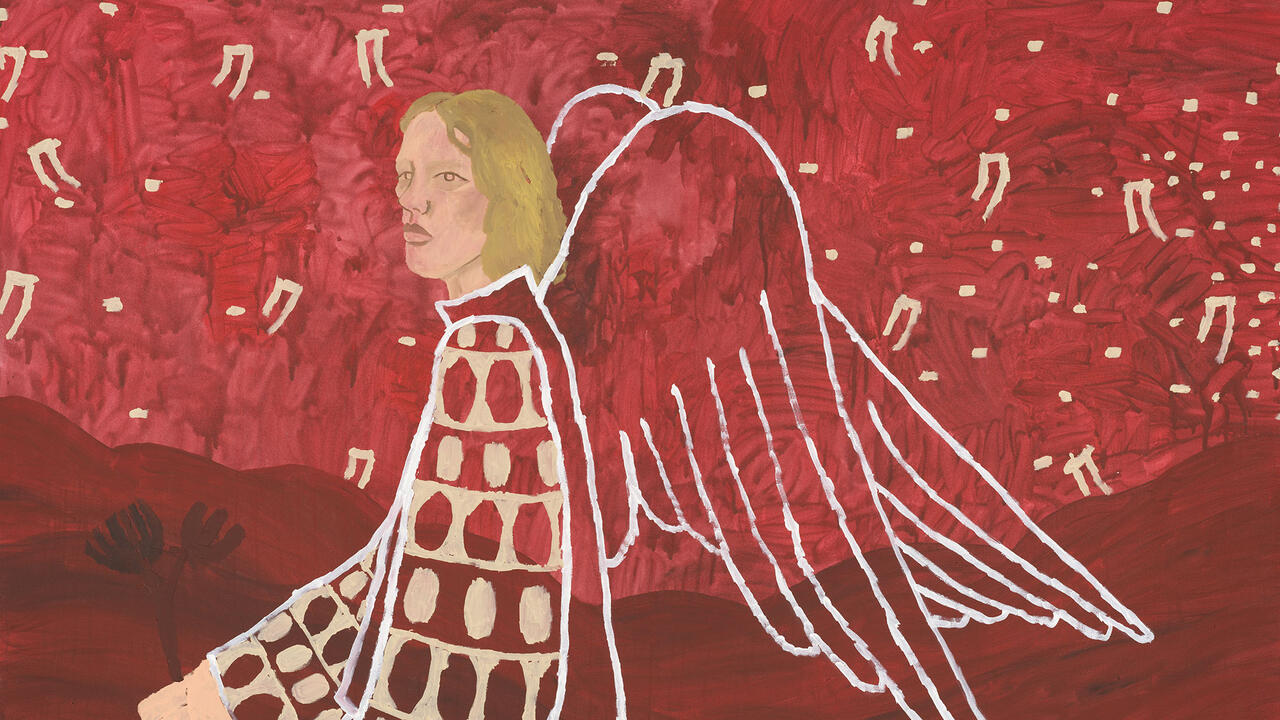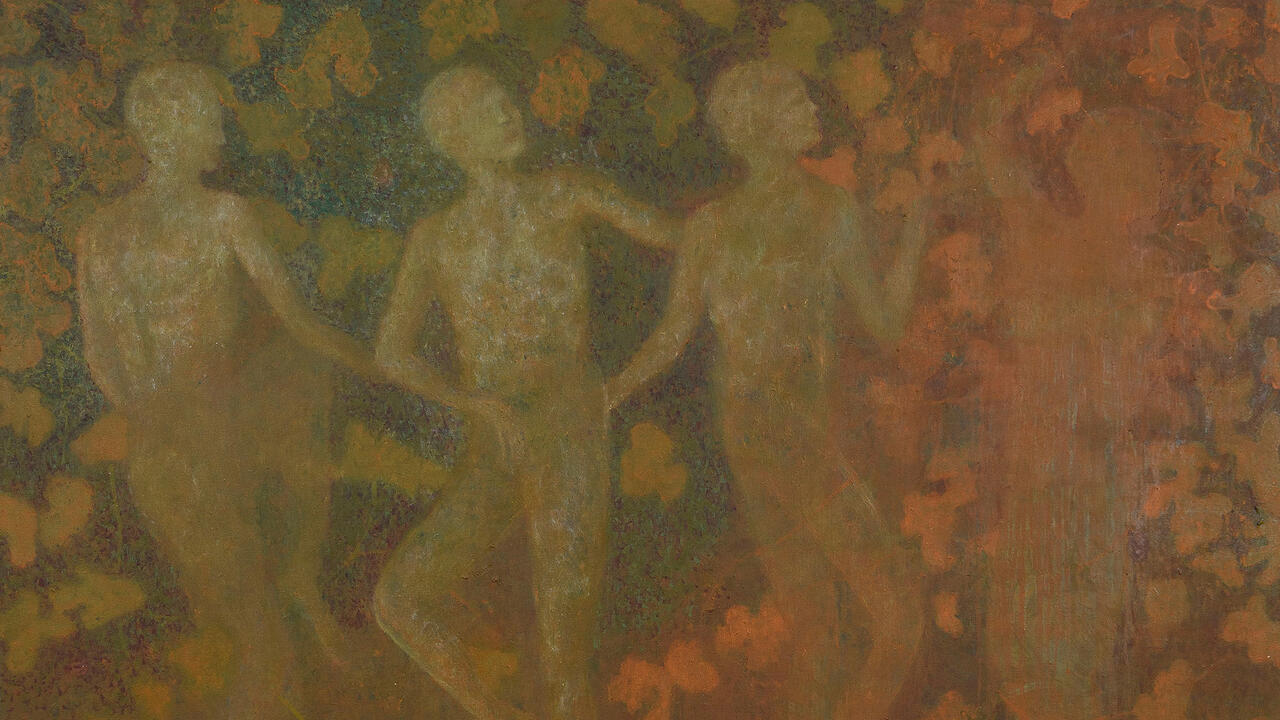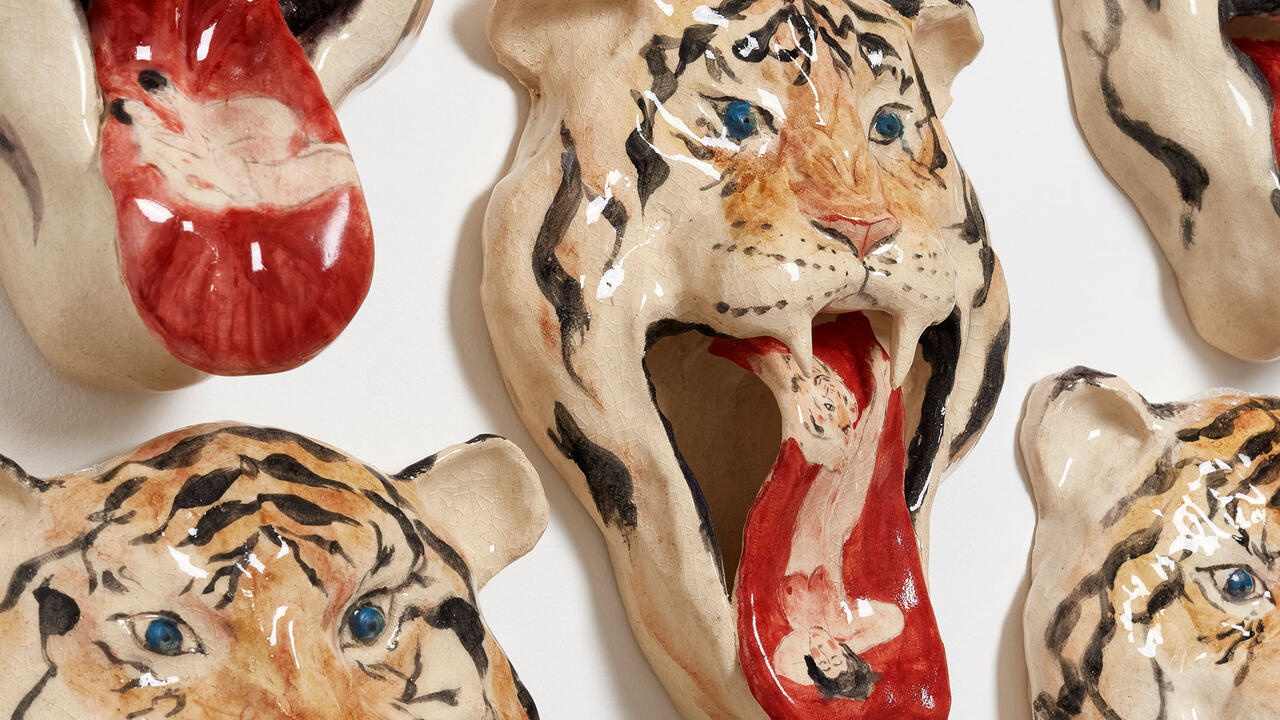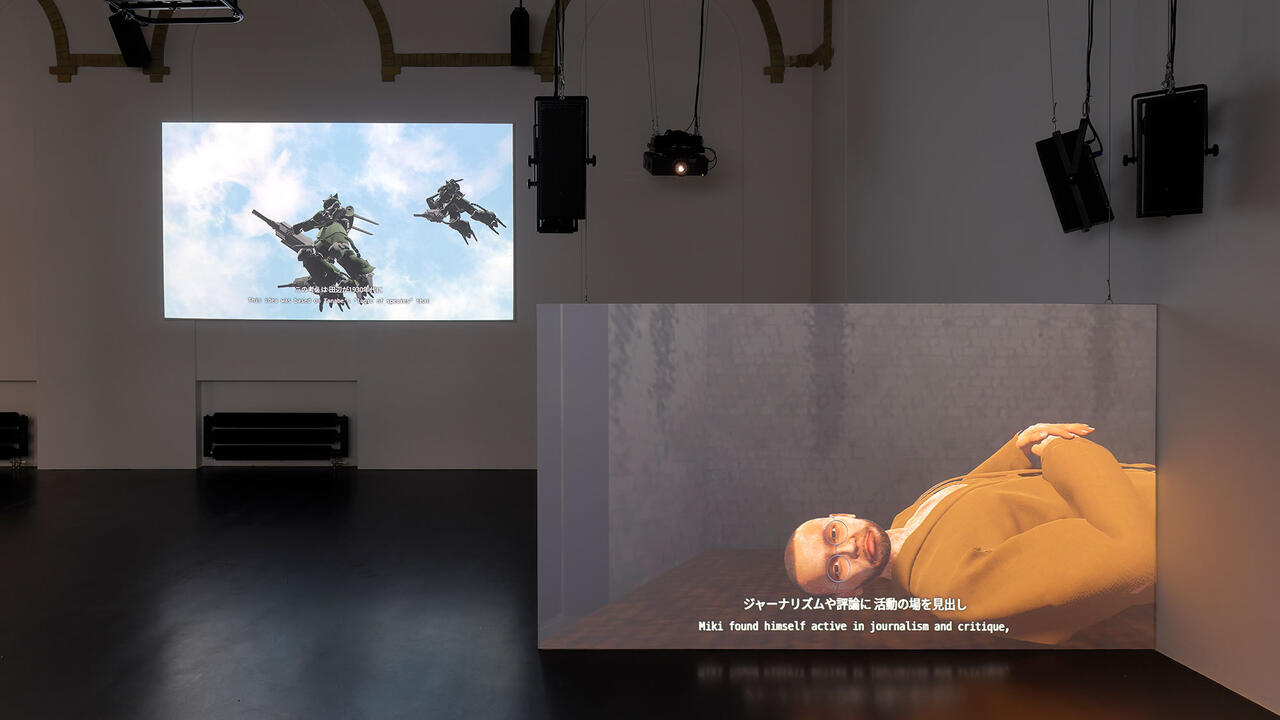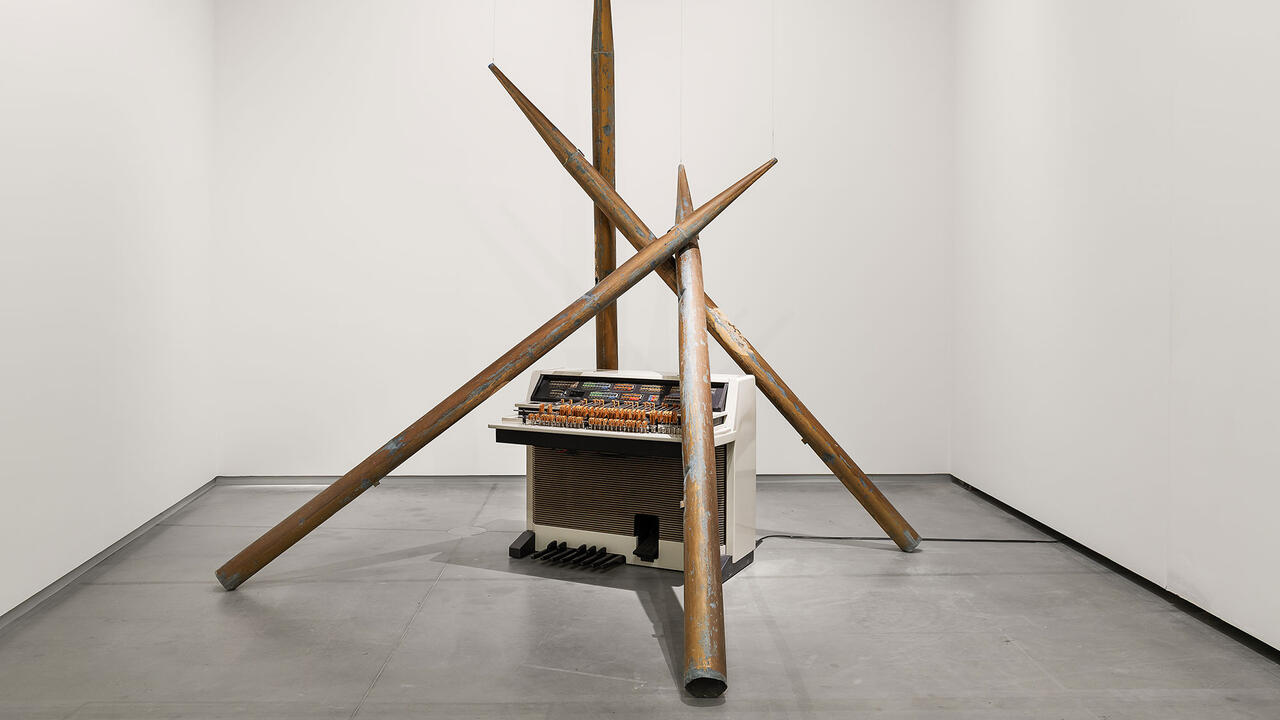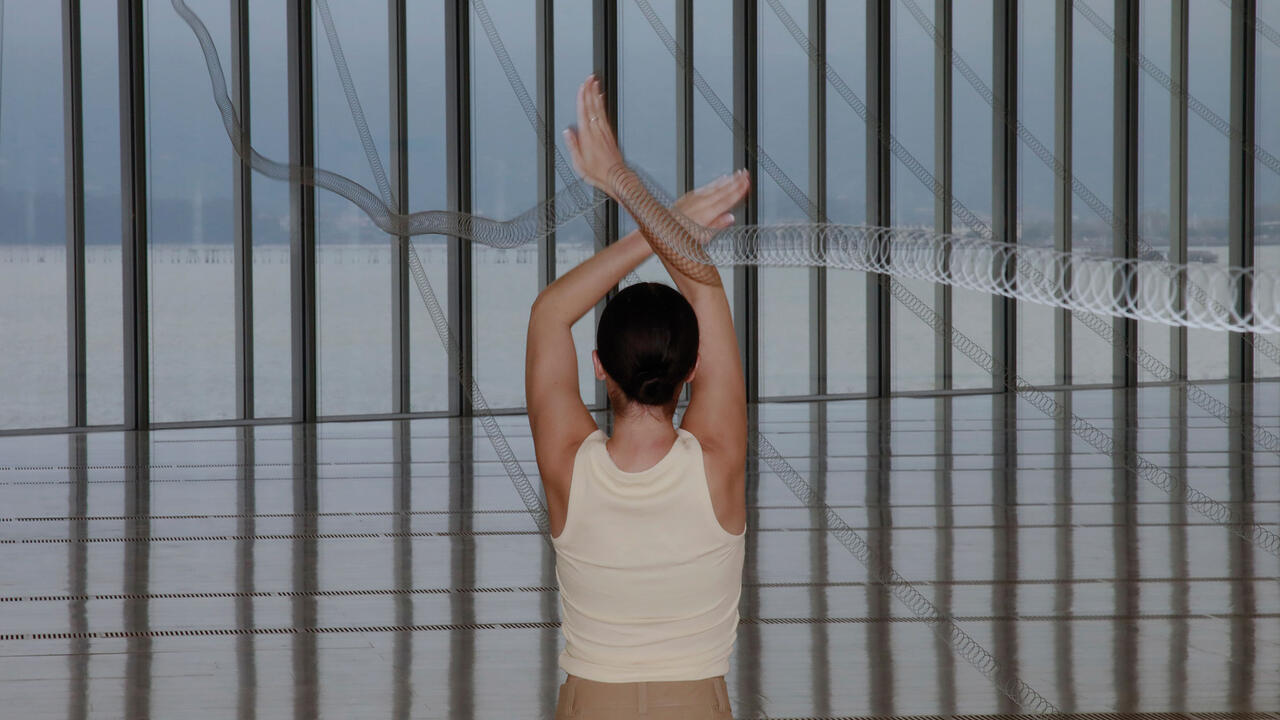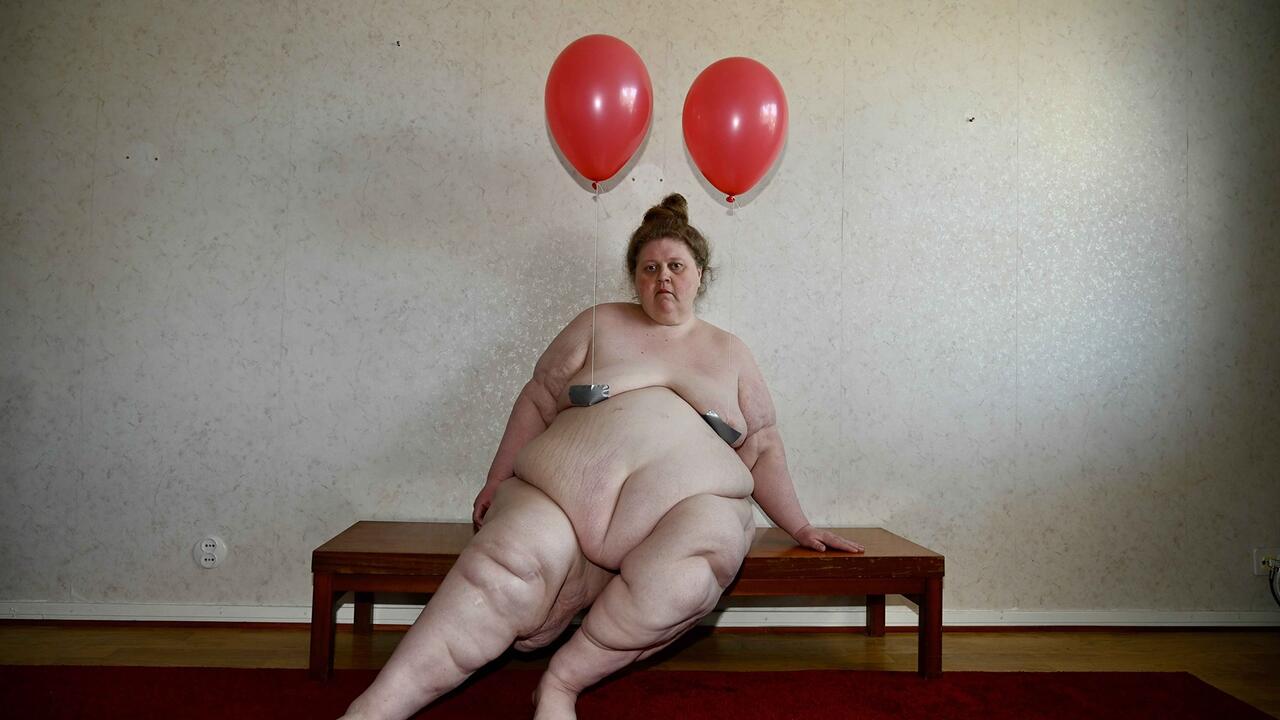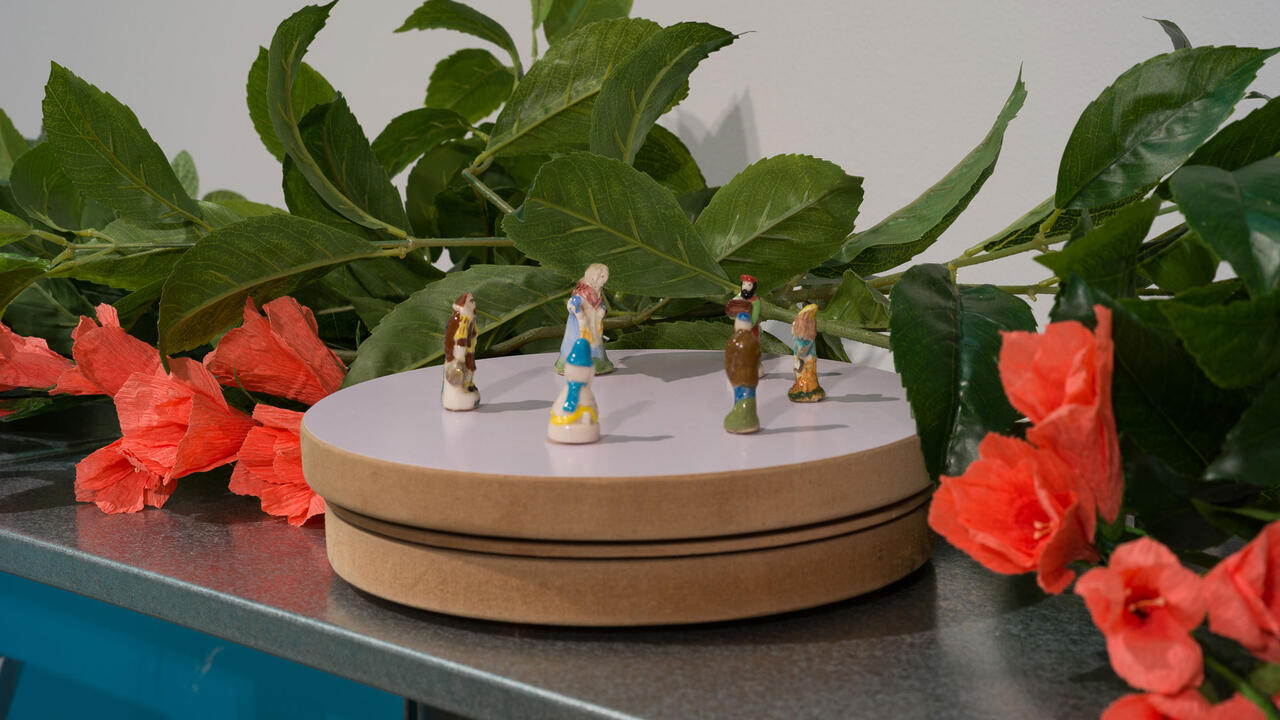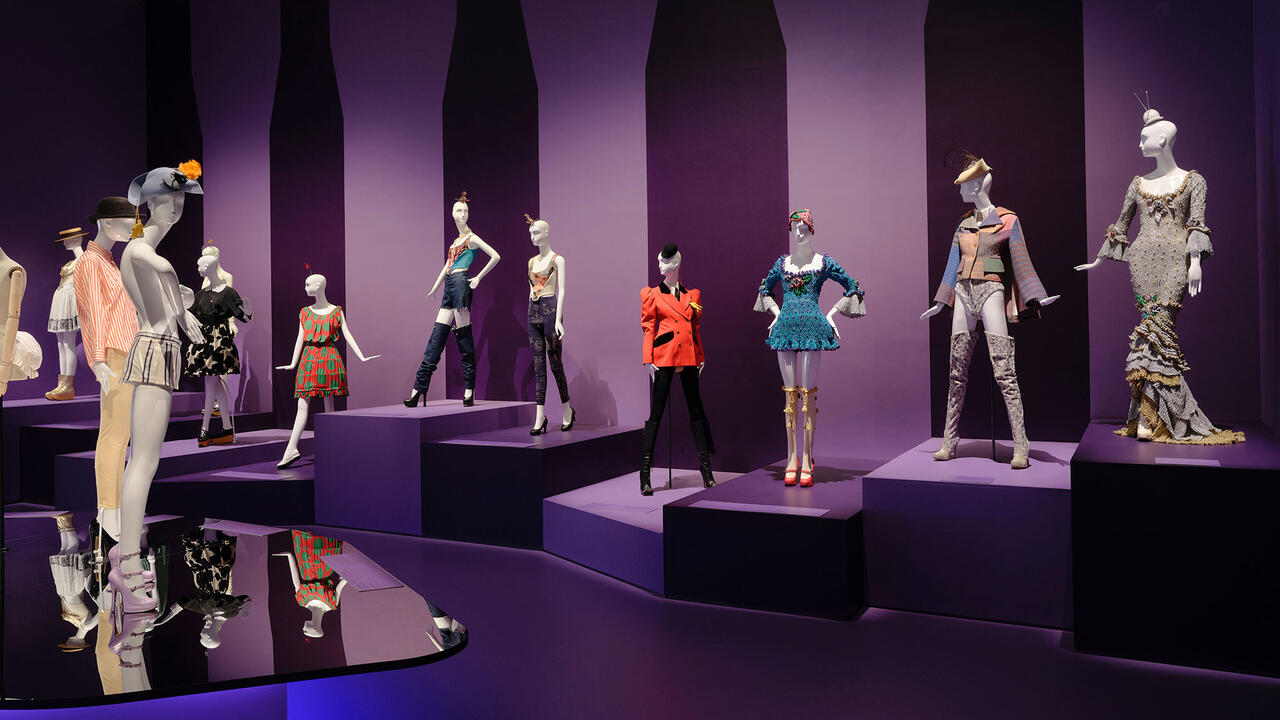‘Human Brains’ Chronicles Humanity’s Attempts to Understand the Mind
An exquisitely designed exhibition at Fondazione Prada brings together millennia of thought about thought itself
An exquisitely designed exhibition at Fondazione Prada brings together millennia of thought about thought itself

A pale mass of greyish pink flesh is cut open on camera by a scientist, who tells us that a certain protrusion processes time, while another deals with language. Resembling a giant piece of foie gras or a large, wet mushroom, it is, in fact, a human brain, leaking clear fluid. The video is screened in the introductory zone of ‘Human Brains: It Begins with an Idea’, part of Fondazione Prada’s long-term neuroscience initiative, which has included three major conferences and this exquisitely designed show, curated by Udo Kittelmann in collaboration with Taryn Simon, at the foundation’s Venice location.

The exhibition chronicles millennia of thought about thought itself and includes more than 100 historical objects from across the world that trace humanity’s attempts to understand the brain. Staged in a black labyrinth of illuminated display cases, these items include ancient medical and philosophical texts that advance theories about the ‘seat of the soul’ – as René Descartes, who believed it to be the pineal gland, defined the mind in Dioptrics (1637) – as well as charms, devices and instructions for understanding epilepsy, mental illness and dreams.

The first object in the exhibition is a pair of cylinders (2120–2110 BCE) from Sumer (modern-day Iraq), inscribed with a text recounting a dream that was also an instruction to build a temple. Impressive 3D copies of the terracotta originals, the cylinders are accompanied – as are many other objects on display – by a newly commissioned short story narrated in the deep, mellifluous voice of actor George Guidall. In response to the Sumerian cylinders, novelist Salman Rushdie offers a brief glimpse into an ancient community where individuals struggle to understand what happens when they are asleep. They are then offered the seductive logic that their dreams can be divided into two categories: meaningless mamu and meaningful mashngi, which should be interpreted and obeyed, leading to disastrous consequences when night-time apparitions, such as murders and sexual fantasies, are enacted in waking life.

A man pulls a lily bulb from a trepanned head in Hieronymus Bosch’s painting The Extraction of the Stone of Madness (c.1494), while terrible cysts flower out of skulls in Charles Bell’s Illustrations of the Great Operations of Surgery: Trepan, Hernia, Amputation, Aneurism and Lithotomy (1821). Marie ‘Blanche’ Wittmann collapses under hypnosis while neurologist Jean-Martin Charcot lectures at the Salpêtrière, Paris, in the 1888 lithograph that Sigmund Freud hung over his couch. Altogether, 32 objects are paired with 32 stories in a variety of languages – by writers including Mieko Kawakami, Alexander Kluge, Hervé Le Tellier and Ch’aska Anka Ninawaman – before being translated into English and Italian. Each piece of fiction is a work of object translation, exploding the implications of the way these items contain a model of the mind that also modelled the maker’s world.

At the end of the exhibition is a major work by Simon, The Conversation Machine (2022), which offers a contemporary view from a constellation of practitioners who deal with the mind. In total, 36 philosophers, neuroscientists, neurolinguists and psychologists – each of whom appears on a separate screen in a kind of videodrome of the mind, as though engaged in a single conversation – are shown walking on, walking off, listening and speaking. From trauma to revolution, grief to genetic manipulation, there is almost no topic on which the conversation doesn’t touch. This contemporary theatre of conflicting and complimentary knowledge, gracefully edited, represents difficult, collective thought in motion. French philosopher Catherine Malabou proposes one implication of such a multifarious endeavour in her clips, suggesting that the brain is an anarchist that functions without centralized power. ‘If it is possible in the brain,’ she says, ‘it must also be possible in political reality.’
‘Human Brains: It Begins with an Idea’, is on view at Fondazione Prada Venice, until 27 November 2022.
Main image: ‘Human Brains: It Begins with an Idea’, installation view, Fondazione Prada Venice. Courtesy: the scientists and Fondazione Prada; Photo: Marco Cappelletti










